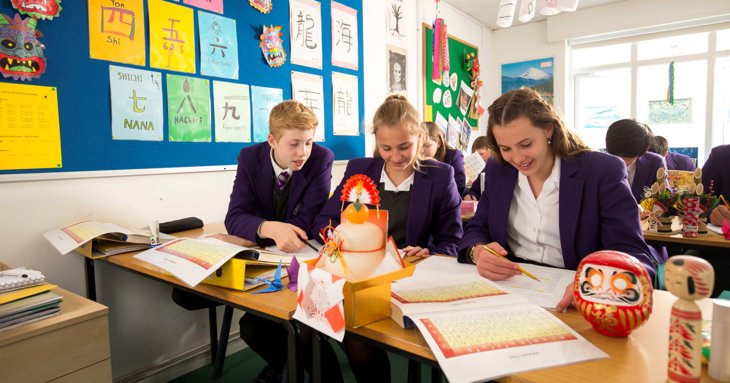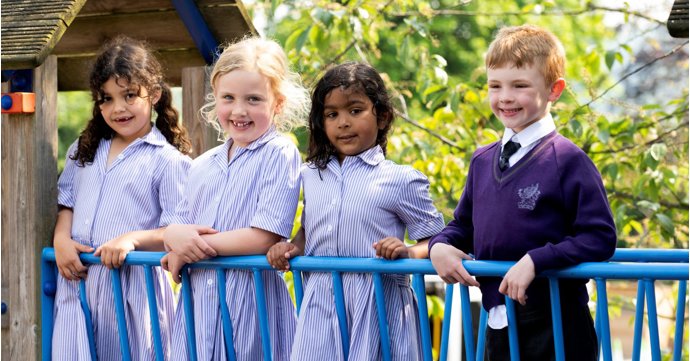According to research, small class sizes have a range of benefits for children – including improvements to their overall achievement, attitude and behaviour.
SoGlos spoke to Gloucestershire independent school, Wycliffe College, to find out how having smaller class sizes and individualised learning benefits its pupils.
About the expert – Sean Dunne from Wycliffe College

A teacher for 22 years, Sean Dunne is the deputy head (academic) at Wycliffe College and leads on all matters relating to teaching and learning at the school.
Situated in Stonehouse near Stroud, Wycliffe College is just 90 minutes from London, offering day and boarding pupils an excellent education and a range of extra-curricular activities at its beautiful Cotswolds campus.
Lots of people would assume that smaller class sizes in schools are better for children – is this true?
Yes, we believe it is. Clearly the quality of teaching is of primary importance and there are other vital issues around how that teaching is delivered, but once you get below 20 in a class, there is a positive impact that is measurable. When you get below 16 it is even more significant.
How can you measure the effect class size has on children’s learning?
There have been studies around the world, most notably from an expert called John Hattie, drawing together the findings from thousands of studies involving millions of pupils in real-life situations.
His advisors in the UK report that there is an impact when reducing class sizes from the 30s to the 20s. Once you get below 20 however, the impact is larger, as long as teaching styles and methods adjust for individualised learning, which is why we invest so much in professional development at Wycliffe.
The Education Endowment Fund (EEF) says: ‘As the size of a class or teaching group gets smaller it is suggested that the range of approaches a teacher can employ and the amount of attention each student will receive will increase, improving outcomes for pupils.’
Is there an optimum class size?
No there is not, but the smaller the size, the better the teacher knows the pupil, their progress, their barriers to learning, and can develop strategies to intervene. Hattie’s meta research shows many more important issues than class sizes but, crucially, these are better enacted by the teacher if class sizes are small, so there can be an exponential effect.
How big are the class sizes at Wycliffe College?
The mean is 9 and the mode is 8. The largest class has 18 pupils (and there is just one of them, which is a consequence of setting in that subject).
In Year 9 there are a few classes of 16, most are much smaller. At GCSE it is around 8. In Sixth Form the largest sets are around 12 to 14, but the mean is 7.
What does this mean for pupils?
The teacher is able to know and understand them better and can develop plans to support their learning. Assessment and feedback can be more targeted. There are also fewer places to ‘hide’ in class!
What are the main benefits Wycliffe College sees from having smaller class sizes?
The teachers and pupils get to know each other better; there can be greater focus on individualised learning and on developing support for pupils who need it; there is greater likelihood of teachers identifying pupils in need of support and intervention.
As the EEF writes: ‘benefits on attainment can be identified, in addition to improvements on behaviour and attitude.’
Will class sizes increase if demand for school places increases?
Not at Wycliffe for two reasons. One is philosophical and is about what our parents expect. The other is practical; our class sizes and timetabling mean that larger set sizes simply won’t fit into some rooms, so in sciences where we have spacious labs for instance, we will not go over 18 in a set because other subjects timetabled alongside are restricted to that maximum by logistics.





















